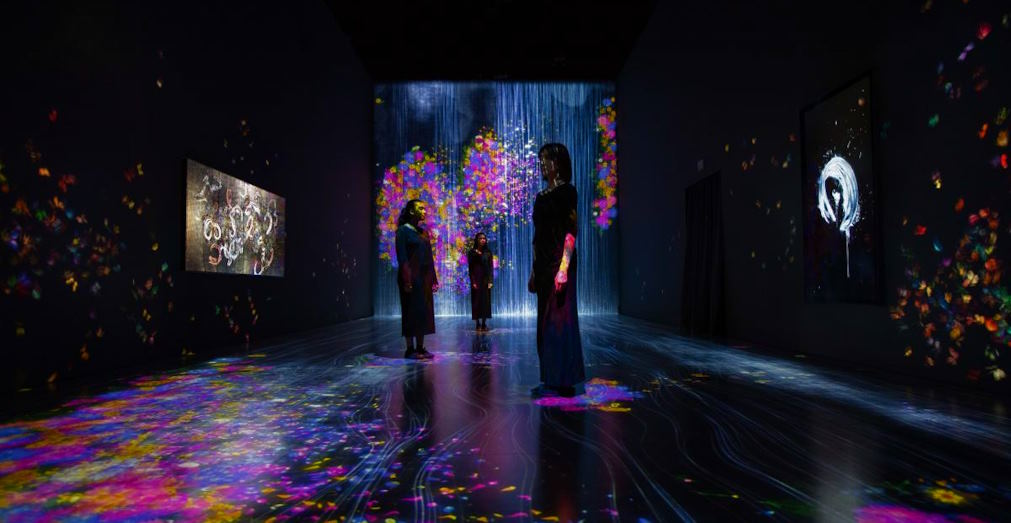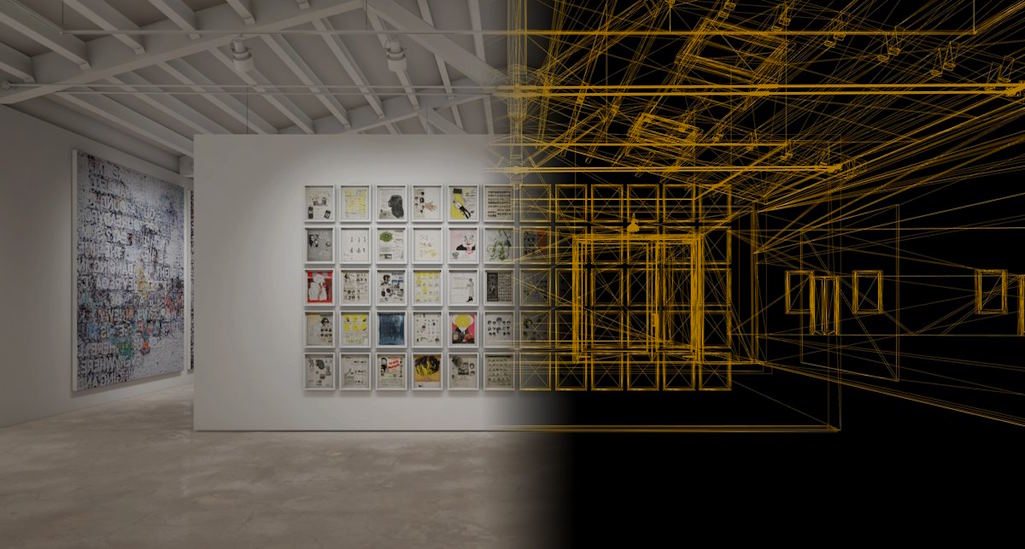The art world has undergone a transformative shift in recent years, propelled by technological advancements and the ever-expanding digital landscape. As physical spaces merge with virtual realms, the rise of virtual exhibitions has revolutionized the way we experience and engage with art. These immersive digital platforms have opened up a world of possibilities, breaking down geographical barriers and fostering inclusivity.
The Advantages of Virtual Exhibitions
In the realm of art, accessibility has long been a challenge, with geographical limitations and physical barriers preventing many individuals from experiencing exhibitions firsthand. However, with the advent of virtual exhibitions, a new era of inclusivity has dawned upon the art world. Let’s explore the advantages of virtual exhibitions and how they are transforming the way we engage with art.
Accessibility and inclusivity:
- Breaking down barriers to entry: Virtual exhibitions eliminate the need for physical travel and overcome limitations of mobility or disability. Anyone with an internet connection can access these digital galleries, ensuring that art becomes more accessible to individuals who may have previously been excluded from traditional exhibition spaces.
- Reaching a global audience: Virtual exhibitions have the unique ability to transcend borders and bring art to a global audience. Artists and curators can showcase their work to people from all corners of the world, forging connections and fostering cultural exchange that might not have been possible otherwise.
Flexibility and convenience:
- Explore at your own pace and schedule: One of the key advantages of virtual exhibitions is the freedom they offer in terms of exploration. Visitors can navigate through virtual galleries at their own pace, lingering on artworks that captivate them, and revisiting the exhibition whenever they desire, without time constraints.
- Reduced travel and cost constraints: Physical exhibitions often involve travel expenses, accommodation, and admission fees. Virtual exhibitions eliminate these costs, making art accessible to a broader audience. Whether you’re in a remote town or a bustling city, virtual exhibitions bring the art world to your fingertips, saving both time and money.
Enhanced interactivity and engagement:
- Immersive experiences and virtual reality: Virtual exhibitions can offer immersive experiences through the integration of virtual reality (VR) technology. Visitors can step into virtual art spaces, explore three-dimensional installations, and even interact with artworks, creating a sense of presence and connection that transcends traditional exhibitions.
- Interactive elements and multimedia integration: Virtual exhibitions go beyond static displays, often incorporating interactive elements and multimedia integration. From videos and audio guides to interactive installations and digital storytelling, these dynamic features enhance engagement, providing a multi-sensory experience that brings art to life.
Challenges and Future Directions
While virtual exhibitions have opened up new possibilities for experiencing art, they also come with their own set of challenges. In this section, we will explore the limitations of virtual exhibitions and discuss potential innovations that could shape the future of the digital art world.

Limitations of virtual exhibitions:
- Loss of physicality and sensorial experience: One of the primary drawbacks of virtual exhibitions is the absence of physicality and sensorial elements. Viewing art online cannot replicate the experience of standing in front of an artwork, feeling its textures, or appreciating its scale. The tangible connection between the viewer and the artwork can be diminished in a virtual environment.
- Technical issues and accessibility concerns: Virtual exhibitions rely on technology, and technical issues such as connectivity problems, glitches, or compatibility issues may arise, hindering the overall experience. Moreover, while virtual exhibitions aim to increase accessibility, they may inadvertently exclude individuals with limited access to digital devices or the internet, highlighting the digital divide.
Innovations and potential developments in the digital art world:
- Advancements in virtual reality and augmented reality: Virtual reality (VR) and augmented reality (AR) technologies hold immense potential for enhancing virtual exhibitions. By donning a VR headset or utilizing AR applications, viewers can experience a heightened sense of presence and engagement, allowing for more immersive and interactive encounters with art.
- Integrating physical and digital experiences: The future of virtual exhibitions may involve a fusion of physical and digital elements. Hybrid exhibitions that combine physical gallery spaces with digital components can provide the best of both worlds, allowing viewers to appreciate the tactile aspects of art while also accessing digital extensions such as artist interviews, behind-the-scenes content, or interactive features.


